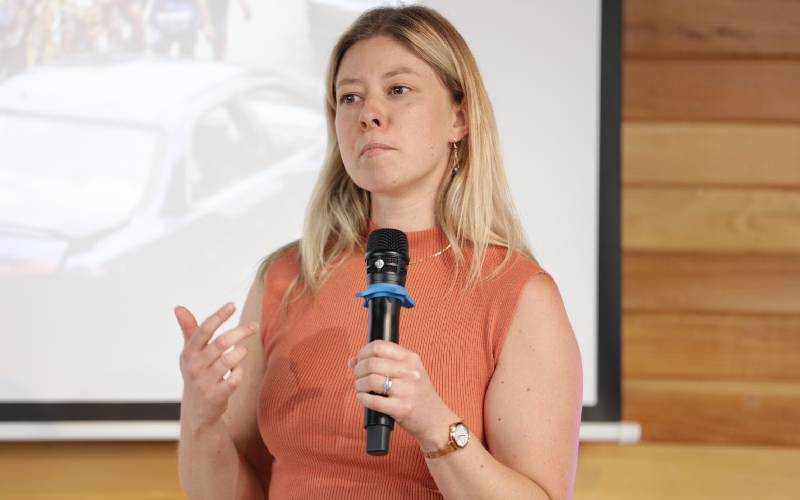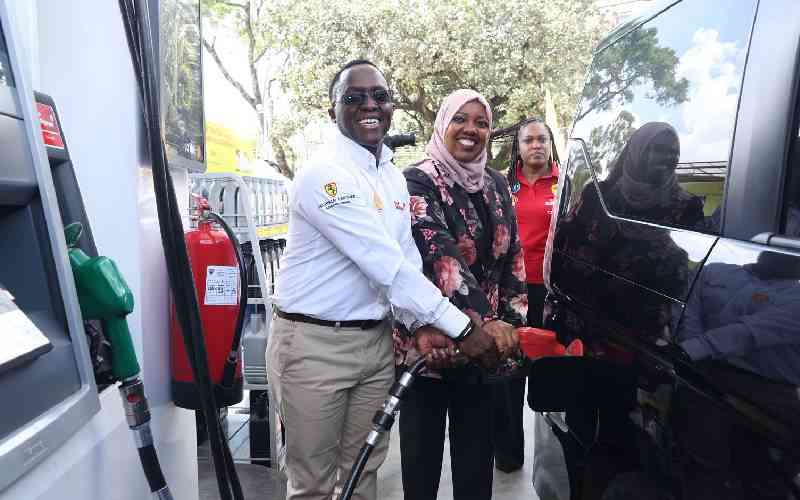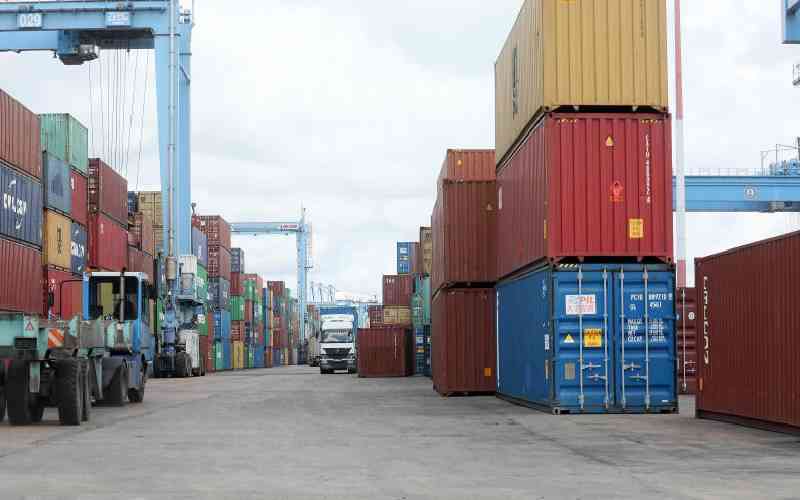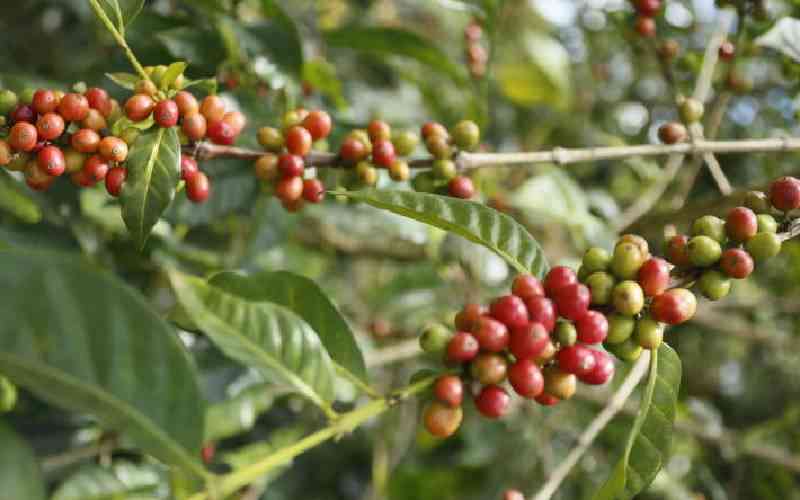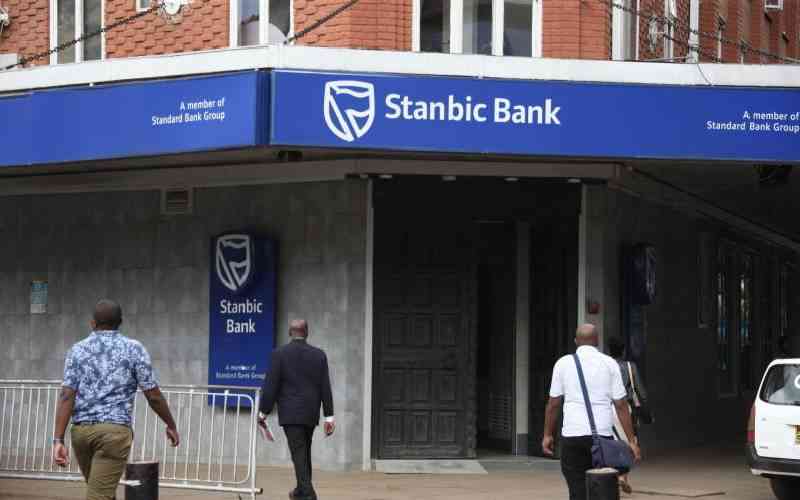×
The Standard e-Paper
Read Offline Anywhere
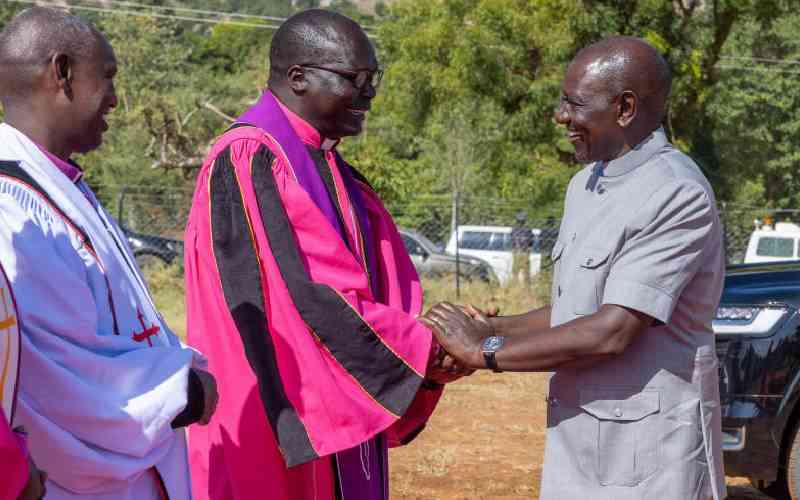
Kenya, a nation bursting with potential and vibrant diversity, stands at a crossroads, where the beauty of its rolling savannas meets the stark realities of insecurity.
The Kerio Valley, cradled by rugged escarpments and golden plains, holds untold promise in its fertile soils and resilient people yet struggles under the weight of tribal clashes and systemic neglect. Persistent insecurity in Kerio and Suguta valleys has long hampered economic growth and eroded social cohesion.
